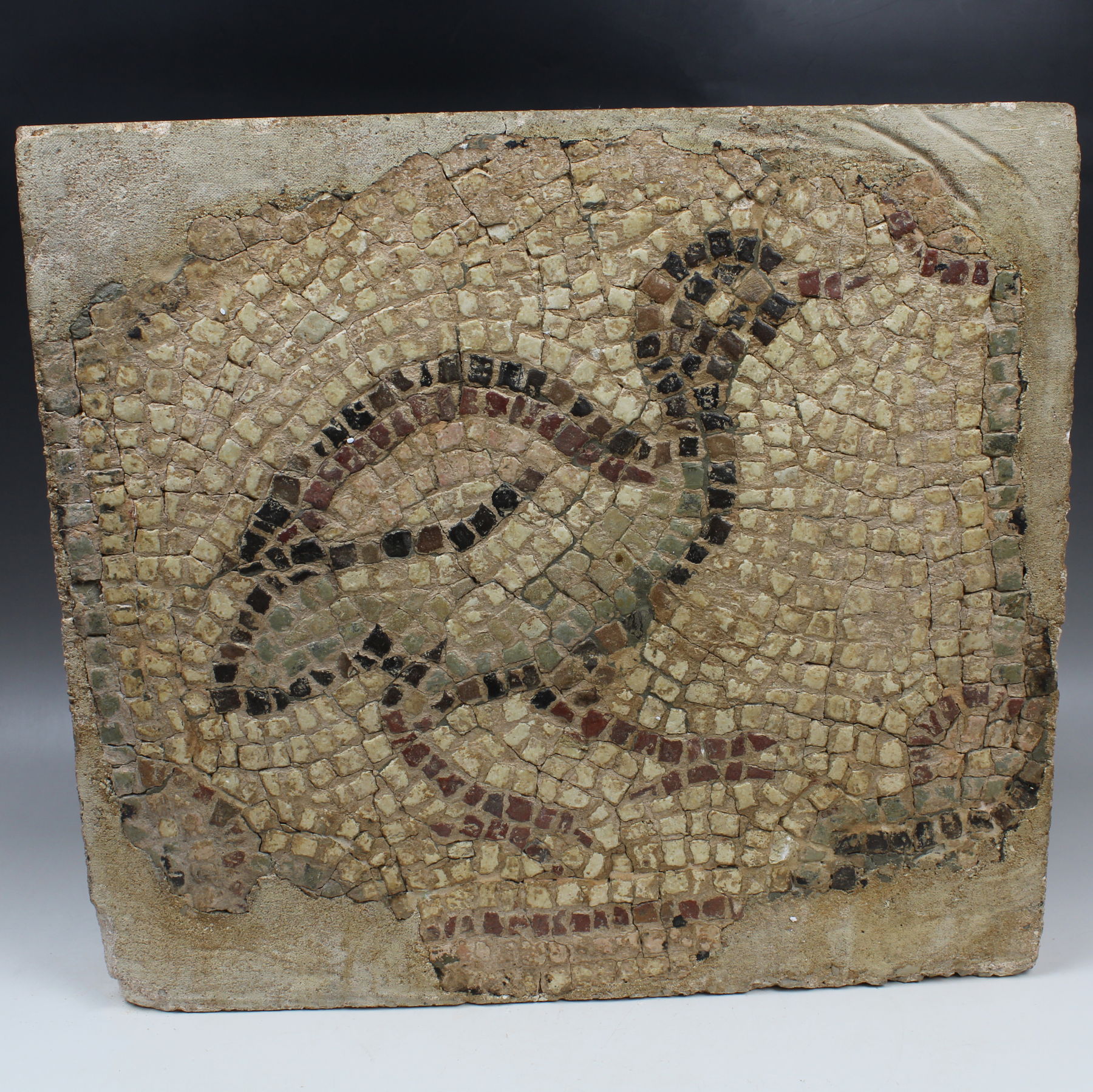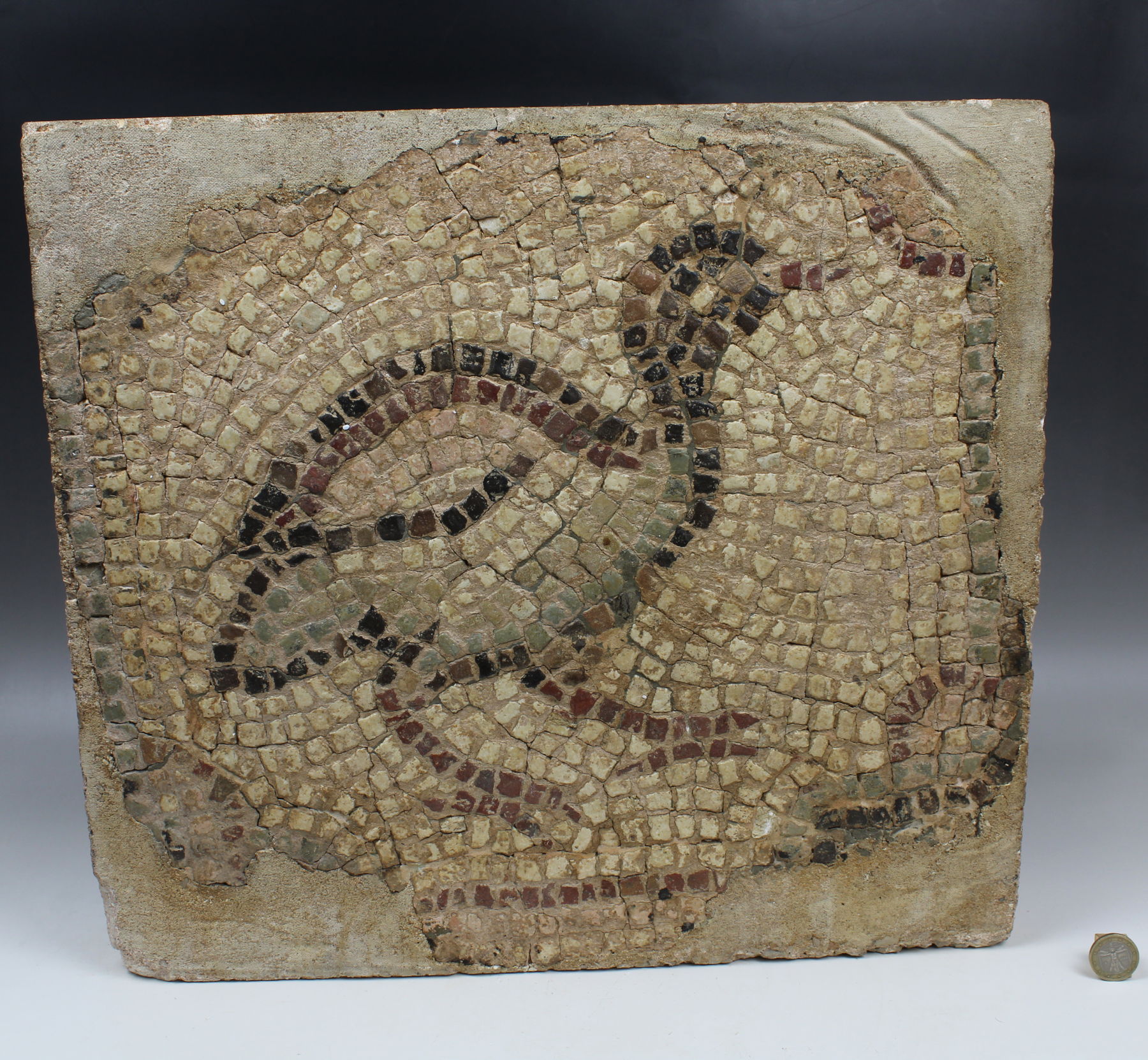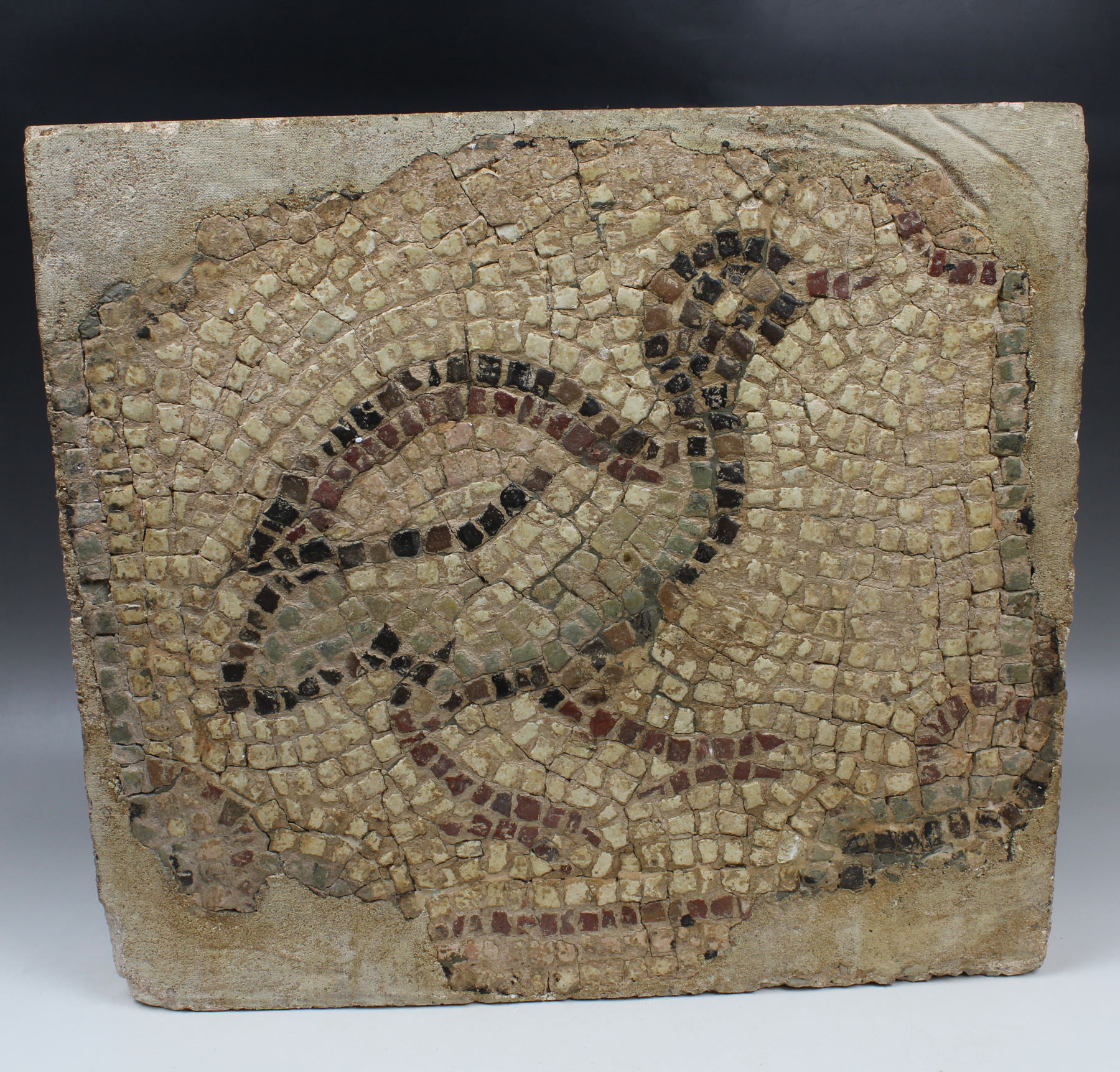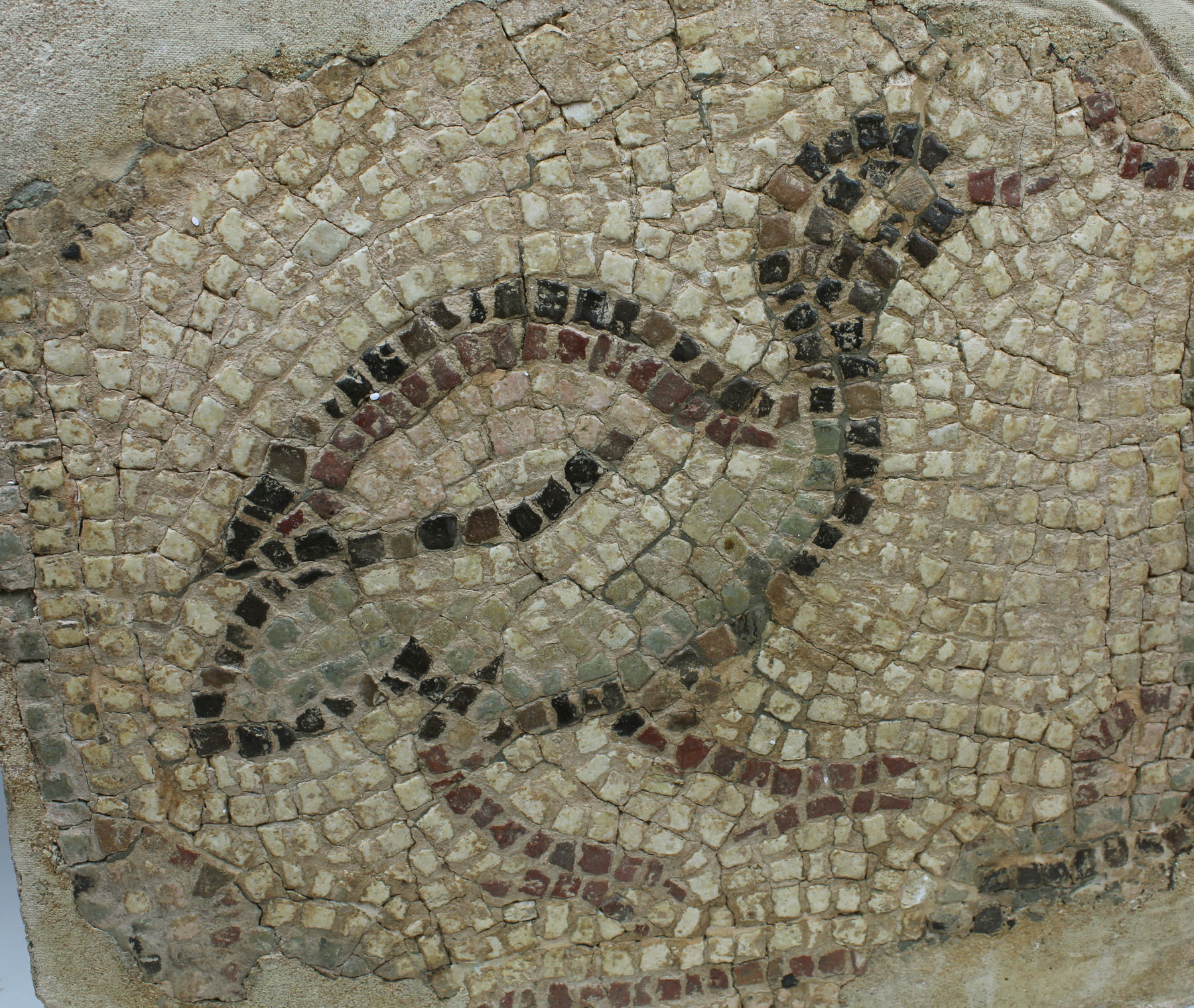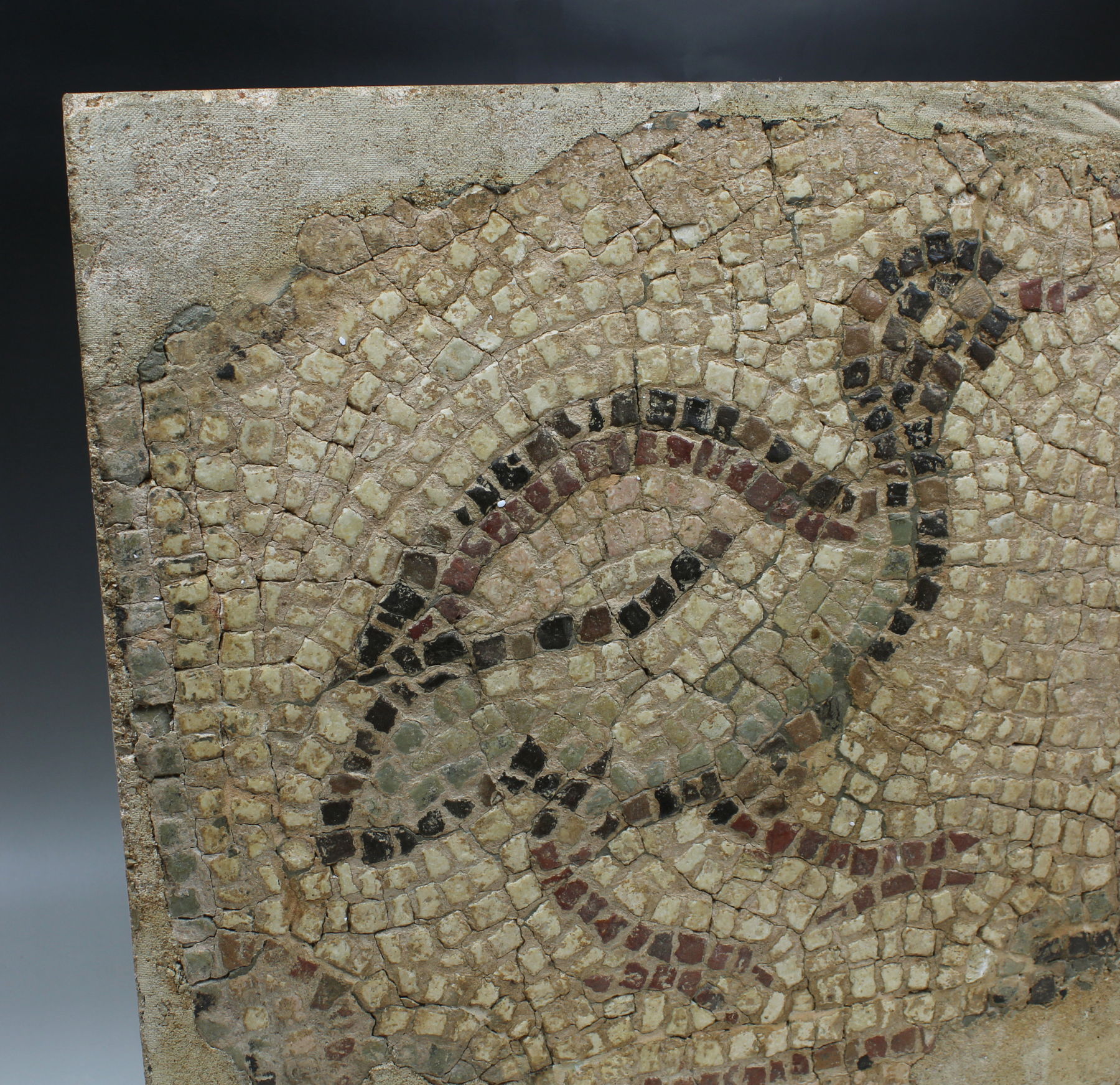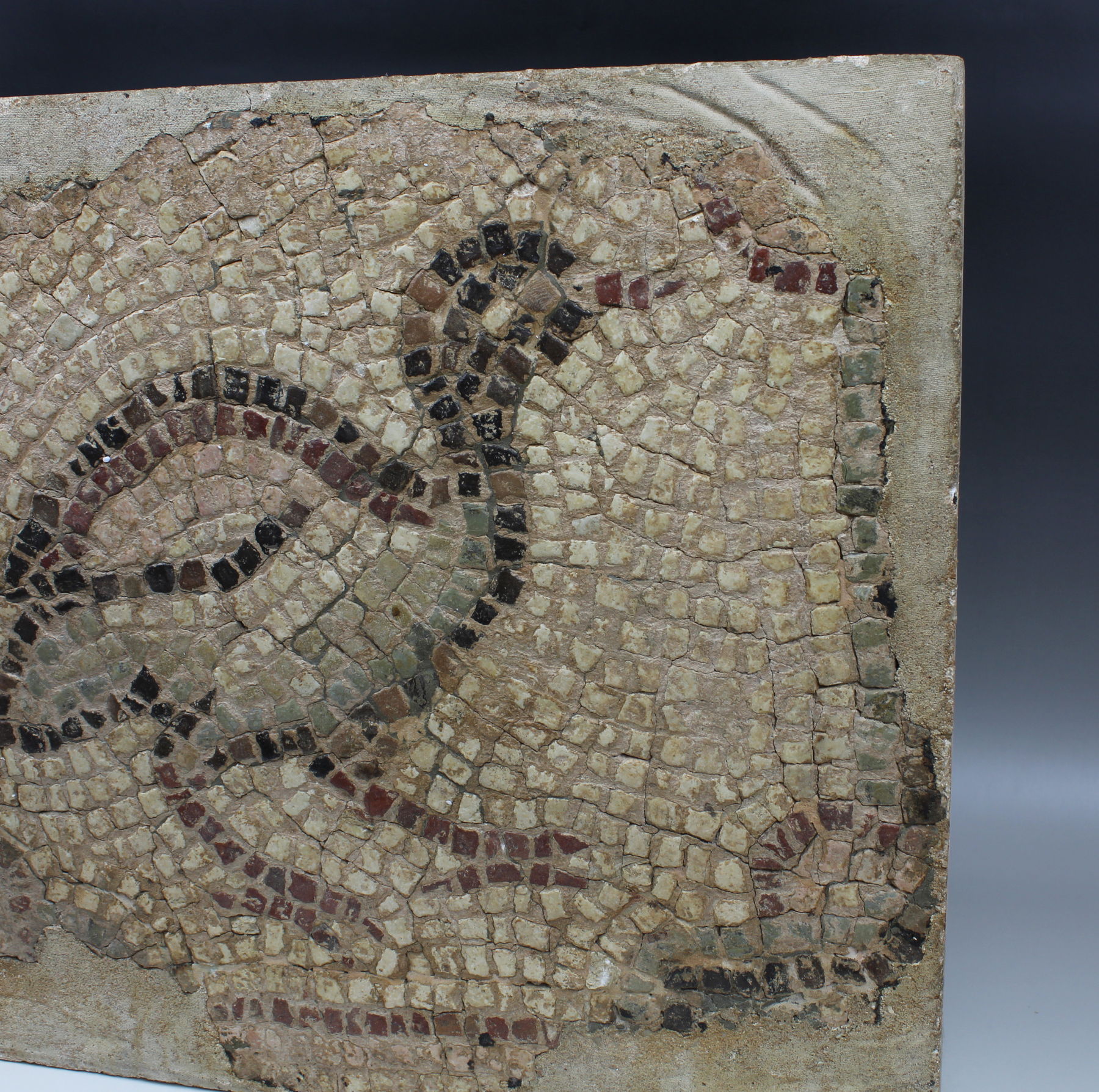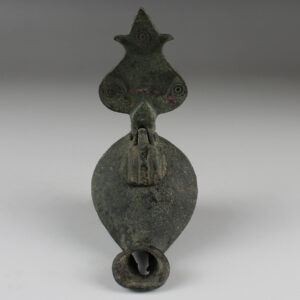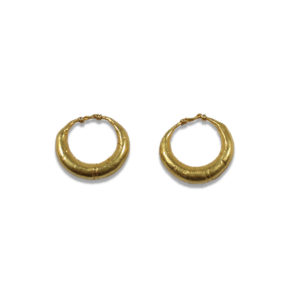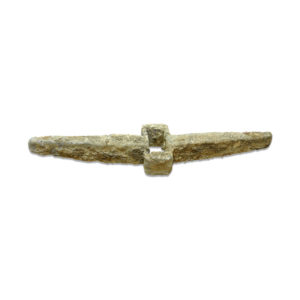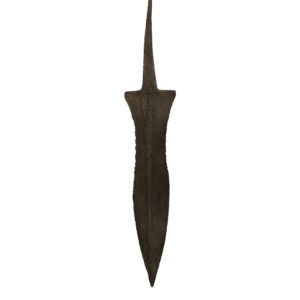Description
| ITEM | Mosaic depicting a bird |
| MATERIAL | Tesserae |
| CULTURE | Roman |
| PERIOD | 3rd Century A.D |
| DIMENSIONS | 400 mm x 440 mm x 40 mm |
| CONDITION | Good condition |
| PROVENANCE | Ex Swiss private collection, E.O., Geneve, acquired before 1990s |
Roman mosaics are renowned for their intricate designs and enduring beauty, often depicting various motifs that reflect the cultural and artistic sensibilities of the time. Among these motifs, the depiction of birds holds particular significance in Roman art. Birds were commonly featured in Roman mosaics for their symbolic meanings, which varied depending on the species portrayed. The birds motif in Roman mosaics served both decorative and symbolic purposes, enriching the visual appeal of the artwork while conveying deeper layers of meaning to the viewer.
In Roman art, birds were frequently associated with themes of freedom, transcendence, and divine communication. Depictions of birds such as doves, eagles, and peacocks symbolized different aspects of Roman society and belief systems. For example, doves were often associated with peace and love, while eagles were emblematic of power and authority, often representing the Roman state and its military prowess. Peacocks, with their vibrant plumage, were symbols of immortality and resurrection in Roman mythology, associated with deities such as Juno and Hera.
The birds motif in Roman mosaics also reflected the naturalistic tendencies of Roman art, as artists sought to capture the beauty of the natural world in their creations. Mosaics featuring birds showcased the technical skill of Roman craftsmen in rendering intricate details, such as feathers, beaks, and claws, with remarkable precision. These mosaics adorned various settings, including public buildings, private residences, and religious sites, serving as expressions of wealth, status, and cultural refinement.


